Vendée Globe sets ice exclusion zone
Published on November 3rd, 2020
Following the positioning of the Antarctic Exclusion Zone, Race Direction of the Vendée Globe have confirmed the course distance for the imminent ninth edition of the race at 24,296 nautical miles. The theoretical course distance in 2016-17 was 24,394 nm.
In collaboration with CLS, the race partners who monitor the ice zones and movement, the Race Direction have now marked out the exclusion zone using 72 GPS points. The 33 solo racers must stay north of this limit line at all times.
“For the past several months, we have been working with CLS (Collecte Localization Satellites) to monitor the movement of ice in the Antarctic zone, in the Indian Ocean as in the Pacific Ocean,” explains Jacques Caraës, the Vendée Globe Race Director. “These satellite images are monitored and processed at CLS Brest by a radar specialist. We established an initial zone on October 1st and, last Wednesday, we refined the positioning and published the Start Version of the Antarctic Exclusion Zone.”
The further south the fleet races the shorter the route, and overall the present and predicted ice situation has allowed the Race Direction to lower the Antarctic Exclusion Zone by around 1°. But they have moved the GPS points north by around 1 to 2° in the area west of Georgia. The proposed route was initially 24,385 nautical miles as at October 1st and on the start day it will be 24,296 miles.
The position of the ice fields are not the only determinants in positioning the exclusion zone. The Australian Maritime Rescue Coordination Center (MRCC) and the Australian Maritime Safety Authority (AMSA) request four points which mark their safe rescue limit from their centres, of around 1,000 nautical miles.
This is agreed between the Australian authorities and the Race Direction in particular following the rescue of injured Yann Eliès in 2008. These four points are located at latitude 46° 00 South and run from 105° to 120° East longitude.
However, this zone can be updated during the race.
“We update the exclusion zone during the race, watching to see if the ice moves north,” notes Caraës. “We take pictures before the first ones approach the Kerguelen and, if CLS detects an iceberg or suspects its presence, we issue an ‘Ice Report’ to the fleet. And we can move the GPS points within a defined framework, based on the position of the leader, and which respects their navigation strategy.”
There are also key Traffic Separation Scheme zones which are in place to keep the fleet away from shipping traffic schemes. The Sailing Instructions determine GPS points to delimit prohibited zones at Cape Finisterre, Cape Roca (the westernmost point of Portugal), Cape St Vincente (southwesternmost point of Portugal), Mauritania, and to the east and west of the Canaries.
For this 2020-2021 Vendée Globe, the Race Direction has also established two additional forbidden zones around TSS areas which previously might not have been considered to be on the usual course to the finish line of the Vendée Globe. But recall that en route to winning in 2016-17 Armel Le Cléach showed that, with the foilers and under certain wind and sea conditions, it was beneficial to go north of France before slanting back down to Les Sables. Thus the Ushant TSS and Scilly Ouest have become prohibited zones.
In order to make the tracking more accurate and easier to read the Race Direction will run a moving waypoint in front of the leader. This position, on the great circle route, is the mark from which the classifications will be computed.
Race details – Skippers – Facebook
The Vendée Globe is the only sailing race round the world that’s solo, non-stop, and without assistance, and it is all systems go for the 9th edition on November 8, 2020. Beginning in 1989 with 13 entries, the start line on November 8th has 33 skippers set to take off from Les Sables d’Olonne, France.
The development of the IMOCA Class toward foiling will see these boats hurl themselves around the world, teetering on carbon skates through inhospitable regions, chasing the record set in 2016-17 by Armel le Cléac’h of 74:03:35:46.
Participation history:
1989-90: 13 boats at the start
1992-93: 15 boats
1996-97: 15 boats
2000-01: 24 boats
2004-05: 20 boats
2008-2009: 30 boats
2012-2013: 20 boats
2016-2017: 29 boats
2020-2021: 33 boats
2020-21 Entries
Fabrice AMEDEO (FRA): NEWREST – ART & FENÊTRES
Romain ATTANASIO (FRA): PURE – BEST WESTERN
Alexia BARRIER (FRA): TSE – 4MYPLANET
Yannick BESTAVEN (FRA): MAÎTRE COQ IV
Jérémie BEYOU (FRA): CHARAL
Arnaud BOISSIÈRES (FRA): LA MIE CÂLINE – ARTISANS ARTIPÔLE
Louis BURTON (FRA): BUREAU VALLÉE 2
Didac COSTA (ESP): ONE PLANET ONE OCEAN
Manuel COUSIN (FRA): GROUPE SÉTIN
Clarisse CREMER (FRA): BANQUE POPULAIRE X
Charlie DALIN (FRA): APIVIA
Samantha DAVIES (GBR): INITIATIVES-CŒUR
Sébastien DESTREMAU (AUS/FRA): MERCI
Benjamin DUTREUX (FRA): OMIA – WATER FAMILY
Kevin ESCOFFIER (FRA): PRB
Clément GIRAUD (FRA): COMPAGNIE DU LIT / JILITI
Pip HARE (GBR): MEDALLIA
Boris HERRMANN (GER): SEA EXPLORER – YACHT CLUB DE MONACO
Ari HUUSELA (FIN): STARK
Isabelle JOSCHKE (FRA/FRA): MACSF
Jean LE CAM (FRA): YES WE CAM !
Stéphane LE DIRAISON (FRA): TIME FOR OCEANS
Miranda MERRON (GBR): CAMPAGNE DE FRANCE
Giancarlo PEDOTE (ITA): PRYSMIAN GROUP
Alan ROURA (SUI): LA FABRIQUE
Thomas RUYANT (FRA): LINKEDOUT
Damien SEGUIN (FRA): GROUPE APICIL
Kojiro SHIRAISHI (JPN): DMG MORI
Sébastien SIMON (FRA): ARKEA – PAPREC
Maxime SOREL (FRA): V AND B – MAYENNE
Alex THOMSON (GBR): HUGO BOSS
Armel TRIPON (FRA): L’OCCITANE EN PROVENCE
Nicolas TROUSSEL (FRA): CORUM L’ÉPARGNE




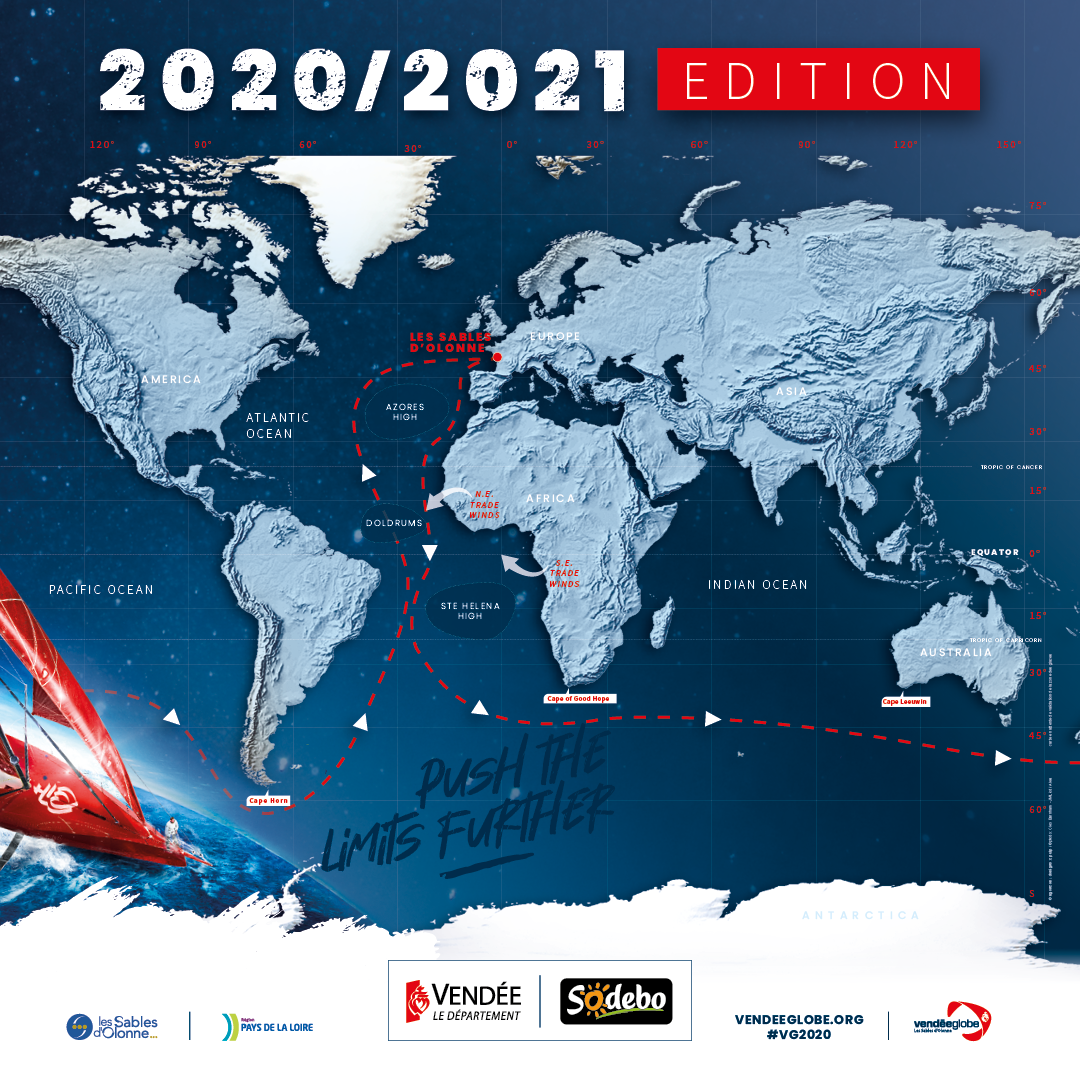

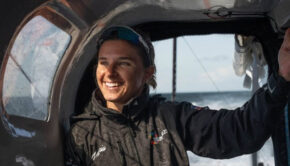
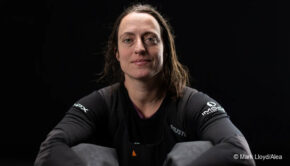
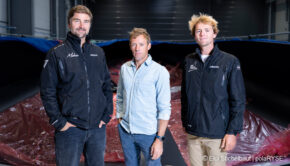
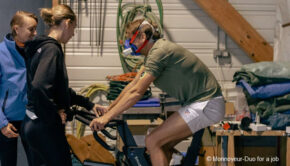
 We’ll keep your information safe.
We’ll keep your information safe.